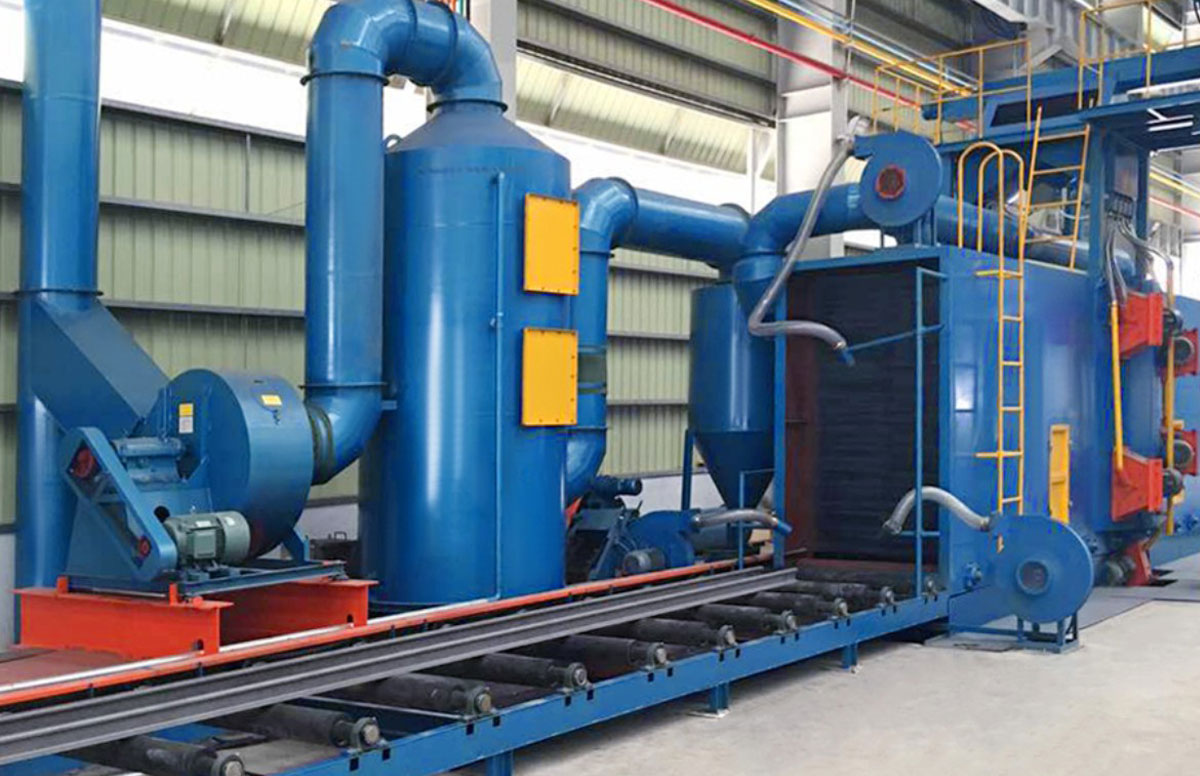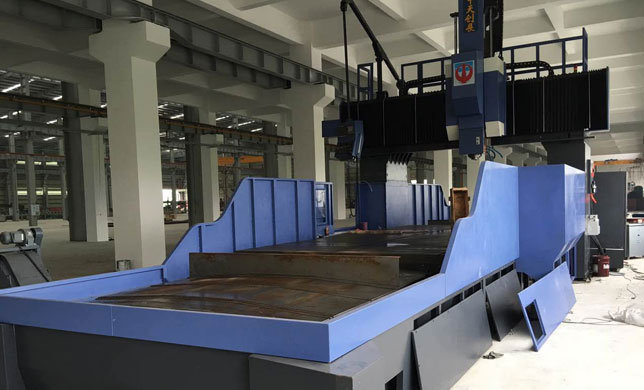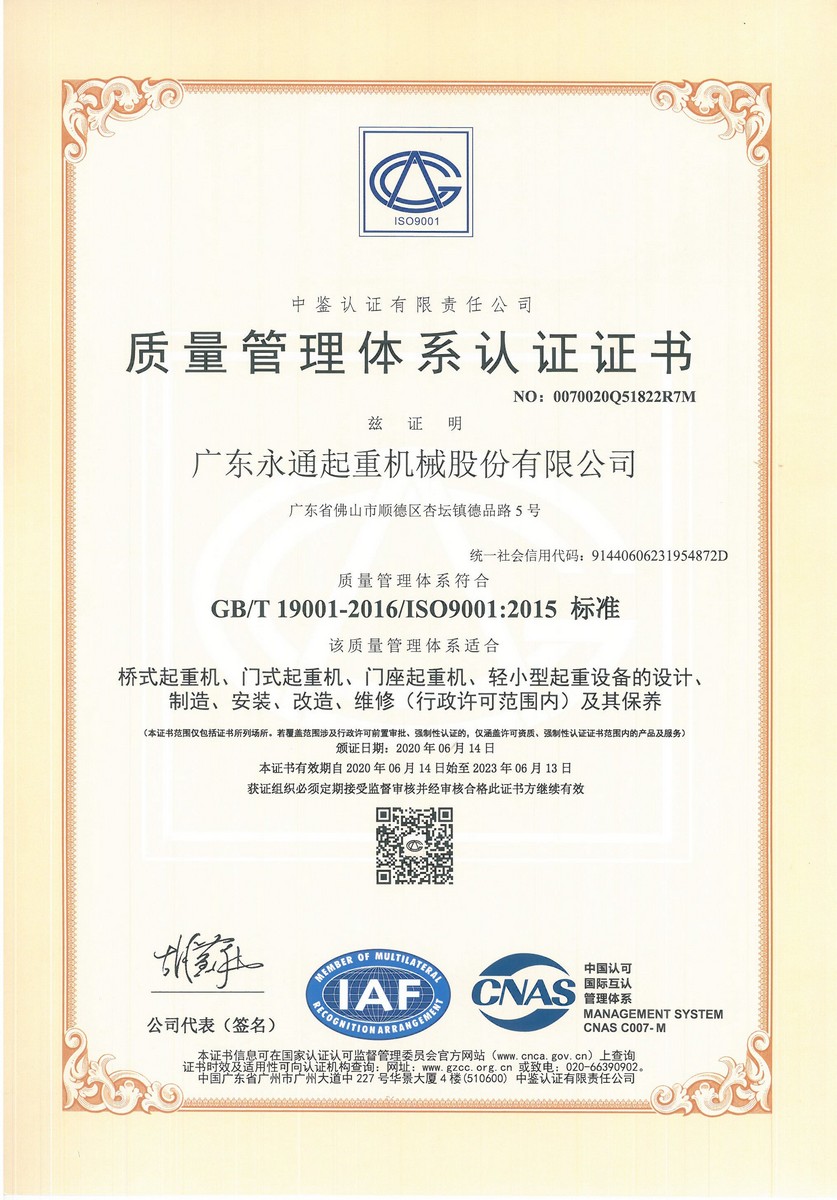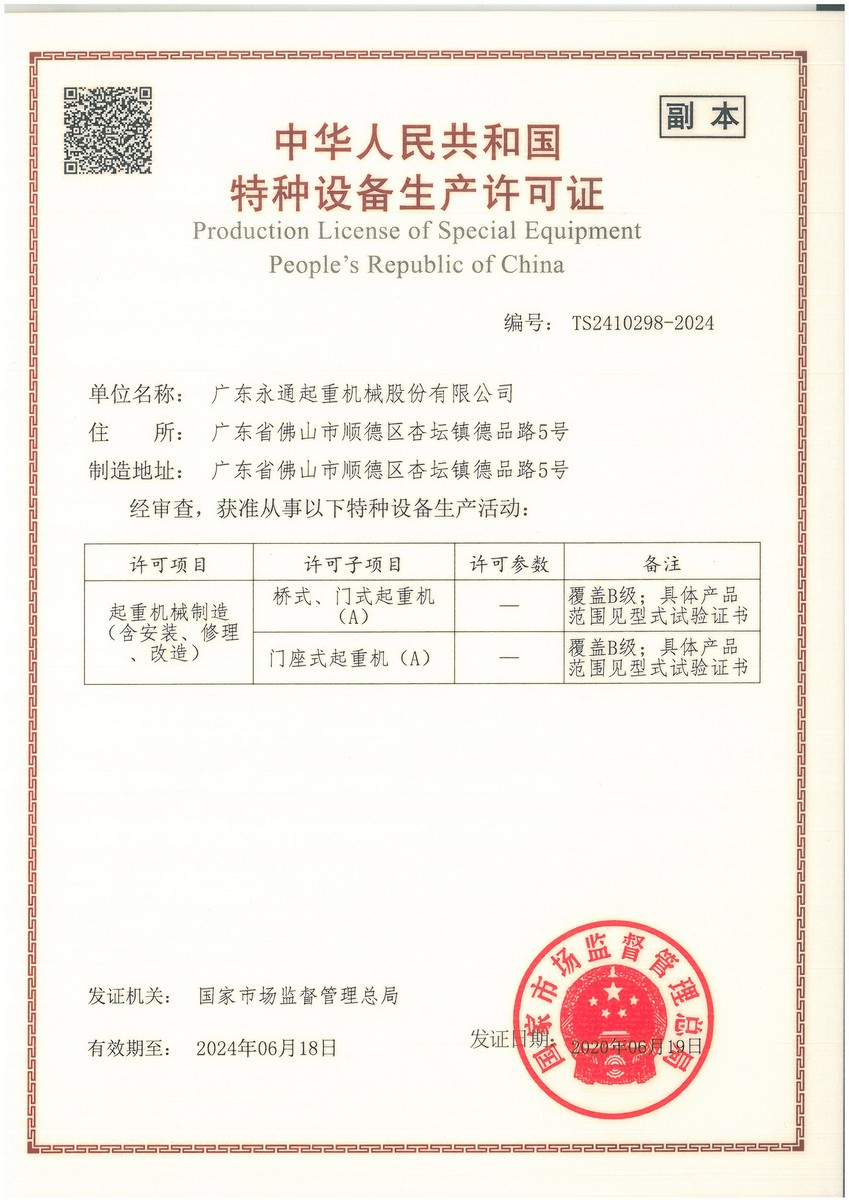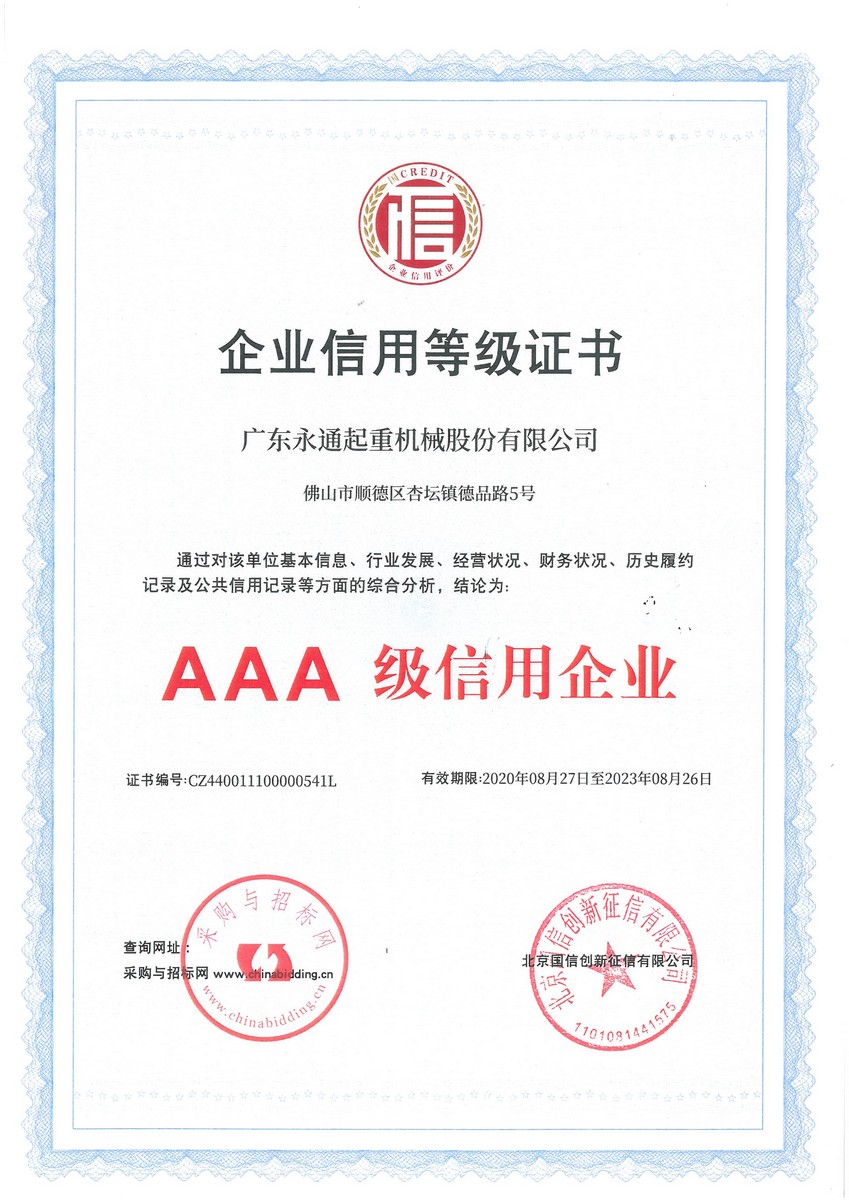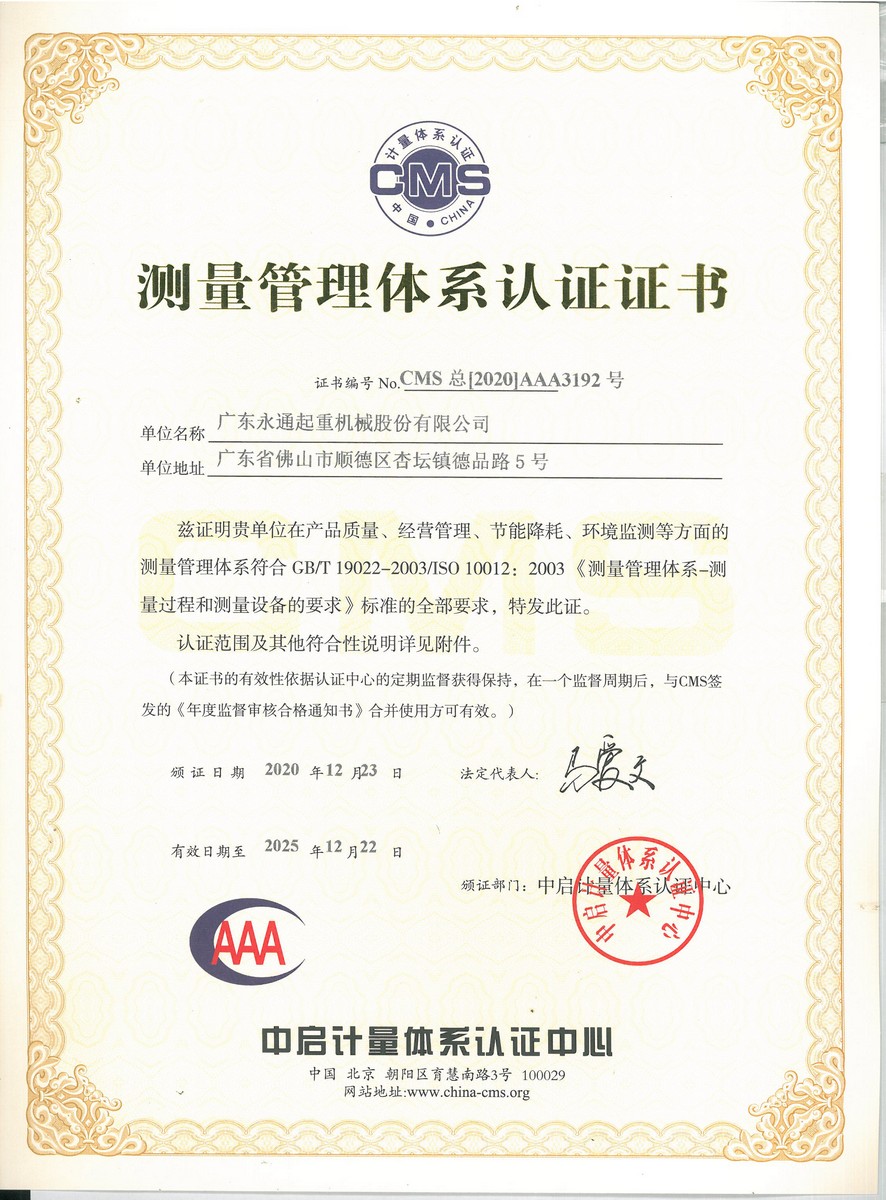The two trolleys of the double-trolley hook bridge crane can be used simultaneously or separately. It is suitable for lifting long materials in workshops or open warehouses of factories and mining enterprises.
The bridge crane is a lifting equipment that is transversely framed over the workshop, warehouse and stock yard to lift materials. Because its two ends are located on tall concrete columns or metal supports, it looks like a bridge. The bridge of the bridge crane runs longitudinally along the track laid on the overhead on both sides, which can make full use of the space under the bridge to lift materials without being hindered by ground equipment. It is a lifting machine with a wide range of applications and a large number.
A type of bridge crane, also known as overhead crane, whose bridge runs on elevated track. The bridge of the bridge crane runs longitudinally along the track laid on the overhead on both sides, and the lifting trolley runs transversely along the track laid on the bridge, forming a rectangular working range, so that the space under the bridge can be fully used to lift materials without being hindered by ground equipment. This kind of crane is widely used in indoor and outdoor warehouses, workshops, wharves and open storage yards.
Working environment and conditions
(1) The power supply of the crane is three-phase AC (three-phase four-wire system), the frequency is 50Hz/60Hz, and the voltage is ≤ 1000V (3kV, 6kV or 10kV as required). The voltage fluctuation of the power supply system at the connection of the crane feeder shall not exceed ± 10% of the rated voltage.
(2) The rail installation for crane operation shall meet the tolerance requirements of GB/T level.
The grounding resistance of crane running rail shall not be greater than 4 Ω.
The elevation of the place where the crane is installed and used shall not exceed 1000m (if it exceeds 1000m, the capacity of the motor shall be checked according to the provisions of GB 755, and the capacity of the electrical parts shall be checked if it exceeds 2000m).
(3) The radiant heat temperature of the lifted object to the crane hook shall not exceed 300 ℃.
(4) Climatic conditions when the crane works indoors:
The ambient temperature shall not exceed+40 ℃, and the average temperature within 24h shall not exceed+35 ℃;
The ambient temperature shall not be lower than - 15 ℃; The relative humidity shall not exceed 50% at+40 ℃.
(5) Climatic conditions when the crane works outdoors:
The ambient temperature shall not exceed+40 ℃, the average temperature within 24h shall not exceed+35 ℃, and the ambient temperature shall not be less than - 20 ℃. When the ambient temperature does not exceed+25 ℃, the relative humidity is allowed to temporarily reach 100%.
(6) The working wind pressure shall not be greater than: 150Pa inland (equivalent to level 5 wind), 250Pa coastal (equivalent to level 6 wind); Large wind pressure in non-working state: generally 800Pa (equivalent to wind level 10), or otherwise agreed. [2]
application
Bridge crane is an important tool and equipment for realizing mechanization and automation of production process in modern industrial production and lifting transportation. Therefore, bridge cranes are widely used in indoor and outdoor industrial and mining enterprises, steel and chemical industry, railway transportation, ports and wharves, logistics and other departments and places.





